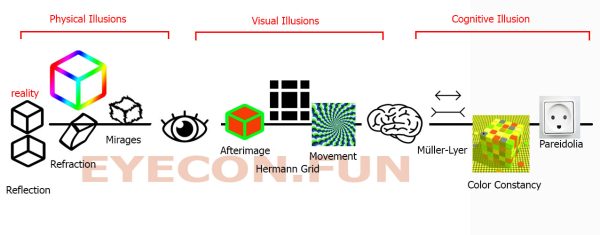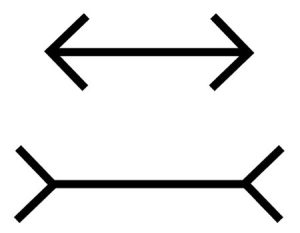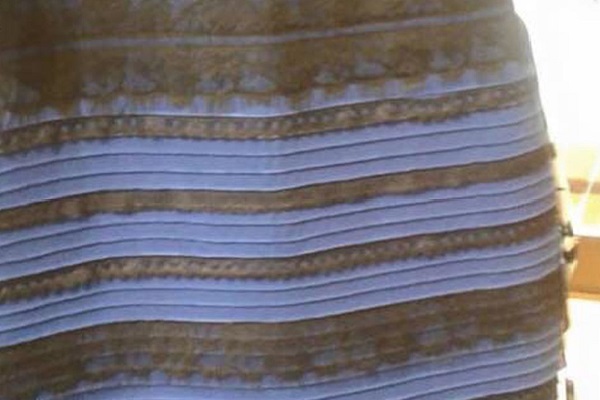Have you ever wondered, how do optical illusions work? Are your eyes really tricked? Or is it the brain? The answer is ‘it depends’. There are so many types of optical illusions, and they all work differently.

An 8th-grade science lesson first:
We can see things because light hits the object and bounces into the cornea of our eyes onto the retina at the back of our eyes. There, it will be turned into electrical signals that travel through the optic nerve to the brain. We interpret what we see in the visual cortex
How do optical illusions work?
It is a long way from an object or scene to your perception. The image travels through the air and into your eyes. Then through the visual system, the thalamus, the cortex and superior colliculus, the brainstem, frontal lobes, and more.
There are many opportunities for things to go wrong or become misshapen on this path.

- The air is the first opportunity to get an illusion. This is where rainbows, mirages, and refraction can occur. These are all genuine optical illusions. They don’t exist. You can never get to them. And everyone will see that illusion similarly because it all happens before the light enters your cornea.
- As soon as the image enters the visual system, there will be more opportunities for errors. These are called ‘visual illusions’ in science. They happen with repetitive stimulation of the visual cortex, like the swirls that seem to move, or the grey dots on a grid, or afterimages. The overstimulation affects the electric signals that go to your brain.
- The brain consists of many different parts that all have different jobs. And they all are able to misinterpret the image. These are cognitive illusions, but are commonly called ‘optical illusions’.
Illusions caused by the brain
Seeing takes a lot of work. A lot of electrical signals are constantly entering our brains, and we just can’t process all of them. The brain takes shortcuts, predicts, and fills in gaps as we go. Most of the time, we get it right. But every now and then, we get it spectacularly wrong. We need to do a double-take and quite literally need to let the information enter our cornea again.

To understand ‘how optical illusions work’, you need to know ‘where optical illusions work’: Here is how the visual information travels through your brain:
The optical nerve brings information to the superior colliculus and the lateral geniculate nucleus (LGN).
Superior colliculus
The superior colliculus controls our eye movement. Saccades are jumpy eye movements to take in surroundings or look at a picture. Some optical illusions are created when we cannot see two points at once and therefore cannot take in the whole image at once. Like the Müller-Lyer illusion:

Lateral geniculate nucleus
The LGN is a two-way receiver. About 20% of the information comes from the optical nerve, and the rest from your brainstem and cortex. In simple terms: visual information is influenced by our mental state. You can understand that this influences perception.
The LGN takes the information to the visual cortex.
Visual cortex
The visual cortex is where we process contrast, color, and movement. You probably see where this is going, because you will have seen optical illusions with these ingredients. A chessboard with a shadow on it, a blue and black dress that looks white and gold, and images that seem to move.

The visual cortex consists of distinct areas, all taking care of different visual aspects. The inferior temporal (IT) cortex is important for object recognition. It will decide what something is, based on the features it perceives. And this can go hilariously wrong when things look alike.
The fusiform face area is part of the IT and responds to faces. It loves its job so much, that we see faces in everyday objects. This is called pareidolia.

Do optical illusions work the same for everyone?
Illusions that occur in the air (physical illusions) work the same for everyone. And for the most part, overstimulation of the visual system works for everyone the same as well. There may be slight variations. For example, an afterimage. Some people see the afterimage after a shorter exposure and the brightness and length of the afterimage may vary.
However, visual processing in the brain is heavily dependent on our previous experience and learned information. You can only recognize an object if you have seen it before. You only understand references if you have learned knowledge or experiences. The meaning we give to the visual information comes from our learned information.
